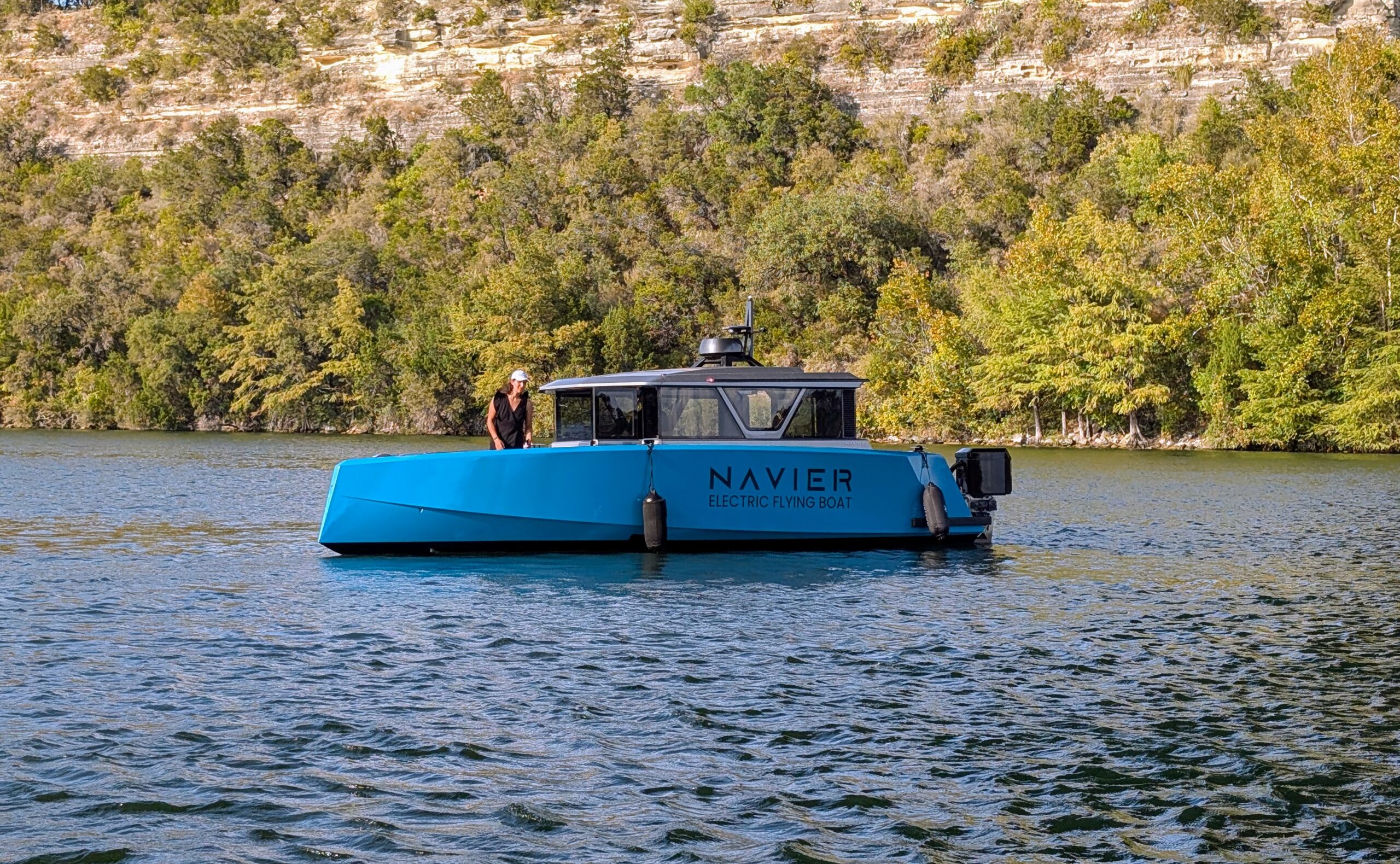This article is an in-depth analysis of personal property and casualty insurers, one of three sections in the Global Insurance Report 2025.
The personal lines property and casualty (P&C) industry writes about a quarter of the world’s insurance premiums. It protects people and their loved ones wherever they are, every day. Yet that means the disruption consumers have faced globally in recent years—from a global pandemic to rising costs, the increasing frequency and severity of natural disasters, and the changing nature of how we live and work—is also shared by the industry. And that presents both challenges and opportunities.
The personal lines P&C industry opportunity
While personal lines P&C insurance premiums grew by 9.5 percent in 2022-23 to $1.1 trillion—outpacing nominal global GDP by half a percentage point—the industry’s relevance (measured by gross written premiums as a share of nominal GDP) remained below prepandemic levels and the coverage gap between mature and emerging economies widened (exhibit). Industry growth in developed markets was largely driven by rate increases, indicating limited expansion into new risks.

At the same time, insurance affordability has become a significantly relevant topic: the rising cost of home coverage outpaced income growth in select regions, including the United States. That is a function of underlying asset prices rising, increasing total insurable value; the cost of repairs and frequency of damage rising, especially in areas exposed to physical risk; and rising reinsurance costs. Since many regions are exposed to the same underlying drivers, rising premiums could expand to other regions.
We believe these challenges represent a chance for carriers to innovate, expand coverage, and increase the industry’s relevance. We are positive about the industry’s outlook as it pivots toward sustained, profitable growth: for example, we expect premiums in the United States to grow by 11 percent annually through 2025 as combined ratios decrease by more than eight percentage points.
A changing landscape with challenges and opportunities
This is not to suggest the big trends disrupting the industry will disappear; they may even intensify. Mobility trends—from electric vehicles to the promise of autonomous vehicles (AVs)—are changing auto insurance and have the potential to disrupt the sector. Natural disasters are more frequent, severe, and volatile, and risks associated with them may expand the gap between what is protected and what is not. Several economies in Latin America and Asia are potential pockets of growth and may enter economic conditions that will enable greater insurance coverage and relevance. The aging global population and evolving customer purchasing patterns present opportunities for carriers to rethink their capabilities and offerings, while evolving technology—particularly AI and generative AI (gen AI)—and distribution can be used to further spur innovation.
Three archetypes to find and enable growth
Individual carriers are already making deliberate choices and shifting their business models in response to the industry’s performance. While strategies will vary by region, we see three major carrier archetypes emerging, each with clear-cut areas of distinctiveness and short- versus long-term strategies:
- Core, at-scale players concentrated on insuring traditional coverage. Leading carriers will look to use their national scale, broad distribution network, and brand strength. As competition increases (through widening distribution channels, technological innovation, and more), these carriers will be required to ensure best-in-class technical excellence.
- Innovators expanding coverage through specialized products. These carriers will evolve specialized products sold through newer channels and insure new risks that remain unmet by the industry (for example, EVs or home exposures in high-risk areas).
- Targeted players differentiated through marketing, distribution, and servicing. These carriers will lean on their strong brand and networks in traditional product segments to address customer needs and offer best-in-class customer service within a specific geography, through a specific channel, or to a specific segment.
These three archetypes are not mutually exclusive—in fact, future winners in the market will likely be those that leverage their existing position in the core to expand into adjacencies while strategically selecting niches in which to innovate. Doing so requires a comprehensive growth system. But we maintain the industry’s outlook is positive and that, going forward, players will seek to innovate and expand coverage in the pursuit of profitable growth, increasing the industry’s relevance as a result.




